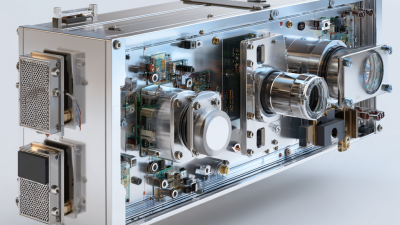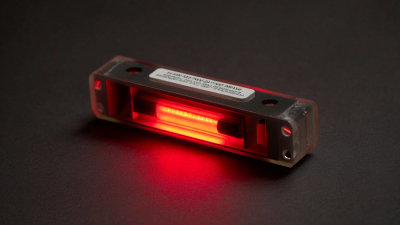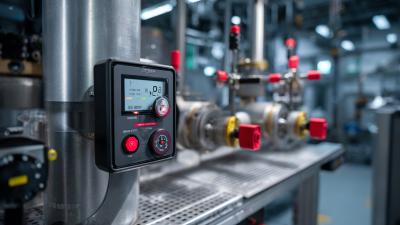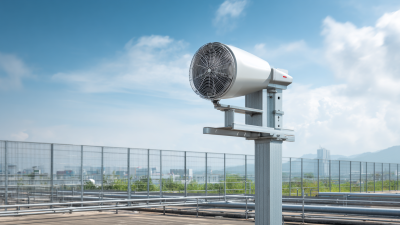
-
Home
-
Product Center
-
Application
-
Support
-
JT Cloud
-
About Us
-
Contact Us
Leave Your Message

In an era where energy efficiency has become paramount, industries are increasingly turning to innovative technologies to enhance their thermal management systems. One such groundbreaking advancement is the deployment of Heat Flux Sensors, which play a crucial role in monitoring and optimizing thermal processes.
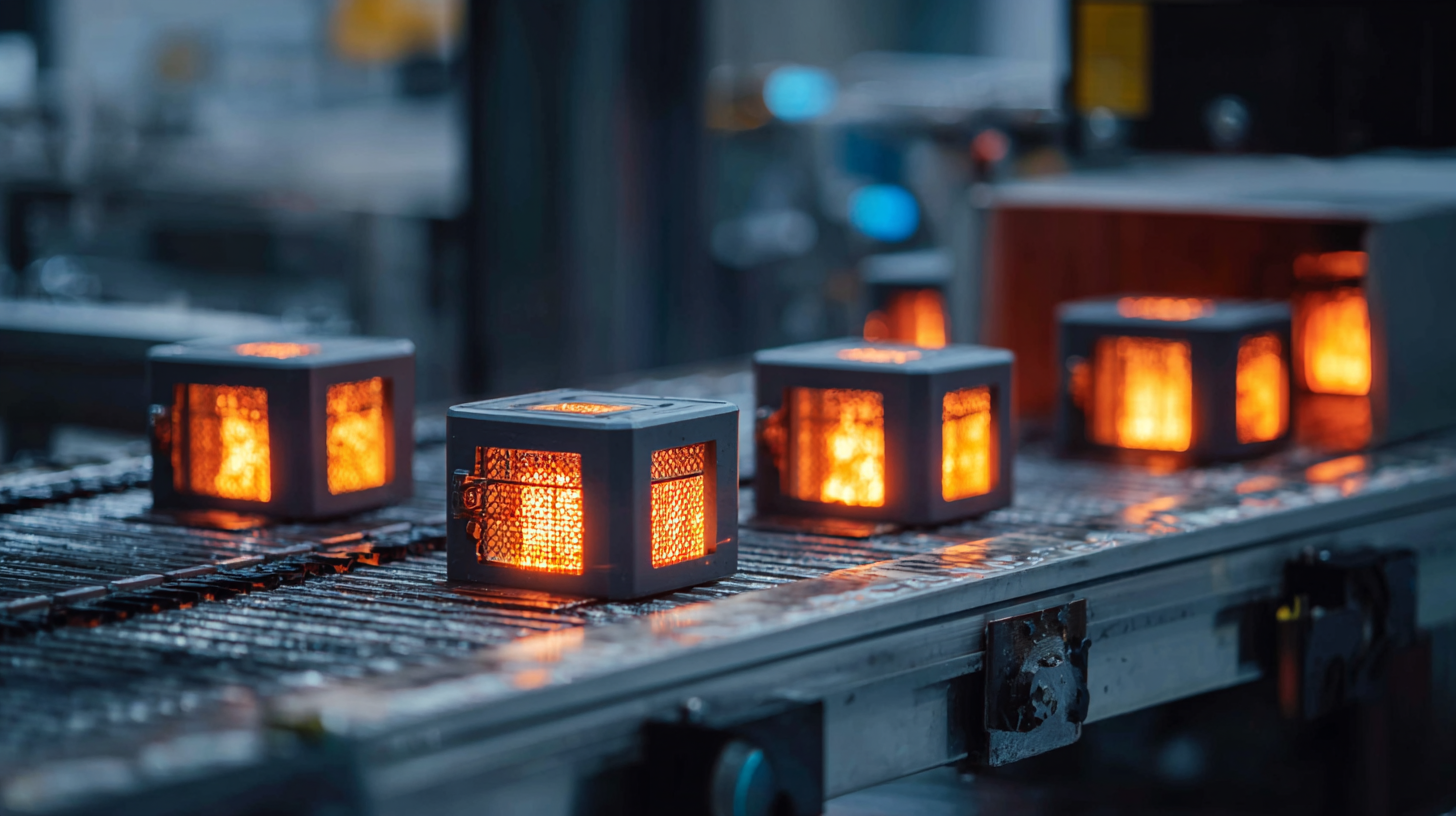 According to a report by MarketsandMarkets, the global market for heat flux sensors is projected to reach $1.2 billion by 2025, driven by the need for improved energy efficiency and reduced operational costs across various sectors, including manufacturing, aerospace, and automotive. These sensors provide precise measurements of heat transfer in real-time, enabling companies to identify inefficiencies and implement solutions that not only enhance productivity but also contribute to sustainability goals. As industries strive to minimize their carbon footprint, the integration of Heat Flux Sensors into thermal management frameworks represents a significant step forward in unlocking the future of energy efficiency.
According to a report by MarketsandMarkets, the global market for heat flux sensors is projected to reach $1.2 billion by 2025, driven by the need for improved energy efficiency and reduced operational costs across various sectors, including manufacturing, aerospace, and automotive. These sensors provide precise measurements of heat transfer in real-time, enabling companies to identify inefficiencies and implement solutions that not only enhance productivity but also contribute to sustainability goals. As industries strive to minimize their carbon footprint, the integration of Heat Flux Sensors into thermal management frameworks represents a significant step forward in unlocking the future of energy efficiency.
Heat flux sensors are critical tools for effective thermal management in industrial settings. They measure the rate of heat transfer through surfaces, providing real-time data on thermal performance. By understanding how these sensors function, industries can optimize energy use, reduce costs, and improve safety. The mechanisms of action involve sensing heat flow via thermal conductive materials that respond to temperature differentials, enabling precise monitoring of thermal processes.
**Tip:** To enhance the accuracy of heat flux measurements, ensure that sensors are properly calibrated and positioned to align with the heat flow direction. This will help in achieving reliable data for optimal system performance.
Incorporating heat flux sensors into thermal management systems allows for proactive adjustments based on real-time feedback. This facilitates immediate responses to changes in temperature, thereby preventing overheating or inefficient energy usage. Industries that leverage this technology can expect improved operational efficiency and reduced environmental impact.
**Tip:** Regular maintenance and periodic recalibration of heat flux sensors can extend their lifespan and ensure consistent performance, making it easier to achieve long-term energy efficiency goals.
| Aspect | Description | Benefits | Application Areas |
|---|---|---|---|
| Definition | Heat flux sensors measure the rate of heat transfer per unit area. | Improved energy efficiency and proactive thermal management. | Manufacturing, HVAC systems, automotive, electronics. |
| Mechanisms of Action | Utilizes thermoelectric or resistive elements to assess heat flux. | Real-time monitoring and enhanced control of thermal environments. | Industrial ovens, heat exchangers, refrigeration systems. |
| Data Precision | High accuracy in measuring thermal energy flow. | Reduced operational costs through precise energy consumption tracking. | Building energy audits, product testing, thermal research. |
| Integration | Can be integrated with IoT systems for enhanced analysis. | Streamlined data collection and analytics for better insights. | Smart factories, energy management systems, renewable energy. |
Heat flux sensors are becoming pivotal in enhancing energy efficiency across various industries. According to a report from MarketsandMarkets, the global heat flux sensor market is expected to grow from $1.2 billion in 2021 to $2.0 billion by 2026, highlighting the increasing recognition of their importance. These sensors enable precise measurement of heat transfer, which is crucial in optimizing thermal management systems. In manufacturing, for example, implementing heat flux sensors can lead to energy savings of up to 30%, making production processes not only more efficient but also environmentally sustainable.
In the automotive sector, the integration of heat flux sensors plays a vital role in managing heat in electric vehicle batteries. A study published by the International Energy Agency (IEA) indicates that proper thermal monitoring can increase battery efficiency by up to 20%. Similarly, in the HVAC industry, using heat flux sensors enhances the performance of heat exchangers, reducing energy loss and improving comfort levels in commercial buildings. The ability to monitor real-time heat flow allows industries to make informed decisions, ultimately contributing to significant cost savings and reduced carbon footprints.
 Heat flux sensors have emerged as a pivotal technology in the quest for enhanced thermal management across various industrial sectors. By providing real-time data on heat transfer rates, these sensors enable companies to make informed decisions that lead to significant operational cost reductions. In factories where temperature control is critical, the precise monitoring of heat flux allows for optimized energy consumption, reducing waste and improving overall efficiency. For example, in food processing plants, implementing heat flux sensors has resulted in quantifiable energy savings while ensuring products are maintained at safe temperatures.
Heat flux sensors have emerged as a pivotal technology in the quest for enhanced thermal management across various industrial sectors. By providing real-time data on heat transfer rates, these sensors enable companies to make informed decisions that lead to significant operational cost reductions. In factories where temperature control is critical, the precise monitoring of heat flux allows for optimized energy consumption, reducing waste and improving overall efficiency. For example, in food processing plants, implementing heat flux sensors has resulted in quantifiable energy savings while ensuring products are maintained at safe temperatures.
Moreover, numerous case studies illustrate the transformative impact of heat flux sensors on energy savings. One study involving a chemical manufacturing facility highlighted a 20% reduction in energy costs after the installation of these sensors, facilitating better heat management during exothermic reactions. Another case in the automotive industry showcased how heat flux sensors helped identify thermal inefficiencies in manufacturing processes, leading to modifications that cut energy expenses significantly. These real-world applications underscore the potential of heat flux sensors not only to improve energy efficiency but also to contribute to sustainable industrial practices, ultimately paving the way for a more energy-conscious future.
The rapid evolution of heat flux sensor technology is set to play a pivotal role in enhancing energy efficiency within industrial practices. By enabling precise thermal management, these sensors help industries accurately monitor heat transfer, thus optimizing processes across various sectors. As highlighted in recent reports, integrating advanced thermal energy systems can increase operational efficiency by up to 30%, thereby significantly lowering energy consumption and associated costs. This shift towards precision in thermal management aligns with the broader movement towards sustainability, which is vital as industries aim to achieve net-zero emissions by 2050.
Emerging applications of heat flux sensors are also becoming integral in various innovative solutions for sustainable practices. For example, insights from the latest trends indicate a growing incorporation of artificial intelligence (AI) with heat flux monitoring, facilitating real-time data analysis to enhance decision-making in energy use. Additionally, the integration of IoT technology is transforming traditional thermal management systems, enabling remote monitoring and smarter resource allocation. As industries increasingly invest in such technologies, the advancement of heat flux sensors is poised to significantly influence both energy efficiency and sustainable operational practices moving forward.
The integration of heat flux sensors with IoT technology is revolutionizing thermal management strategies across various industries. According to a report from MarketsandMarkets, the global market for IoT-enabled thermal sensors is expected to reach $2.4 billion by 2025, reflecting a significant shift towards data-driven energy management systems. By providing real-time monitoring of temperature gradients and heat transfer rates, these sensors facilitate proactive adjustments to equipment and processes, minimizing energy waste and enhancing efficiency.

In industrial settings, the implementation of heat flux sensors can yield remarkable results. A study published by the International Energy Agency indicates that integrating these sensors can improve energy efficiency by up to 30%. This is particularly critical as industries strive to meet stringent regulatory requirements and reduce their carbon footprints. The data collected from heat flux sensors allow organizations to make informed decisions to optimize energy use, subsequently lowering operational costs and supporting sustainable practices. With the ongoing advancements in IoT technologies, the future of energy efficiency in thermal management is not only promising but also essential for competitive advantage in today's energy-conscious market.


